Don't miss our holiday offer - up to 50% OFF!
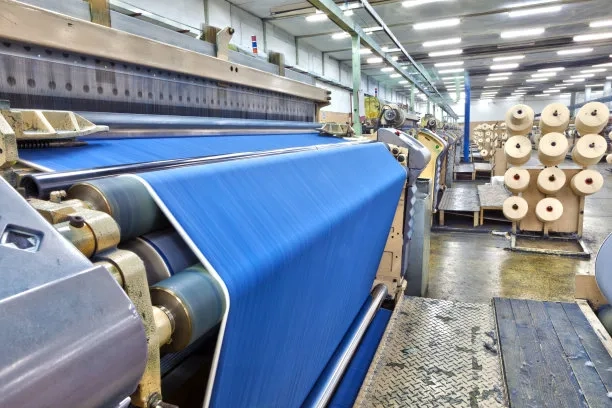
What is denim made of
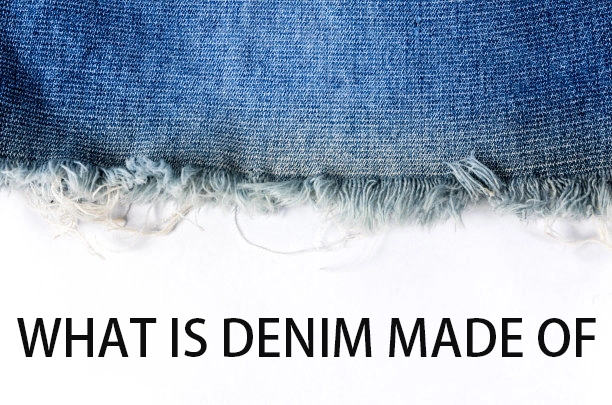
What is Denim Made Of?
Denim is not only one of the most recognisable fabrics, but it’s also one of the most popular materials used globally. Denim fabric was originally used for workwear in the 19th century, but since then has made its way into mainstream fashion, utilised predominantly in casual and luxury apparel.
But what exactly is denim? What is the history, properties, how it is manufactured & what makes it such an iconic fabric? We’ll dive head first into all of these questions in this article so you know exactly what denim fabric is by the end.
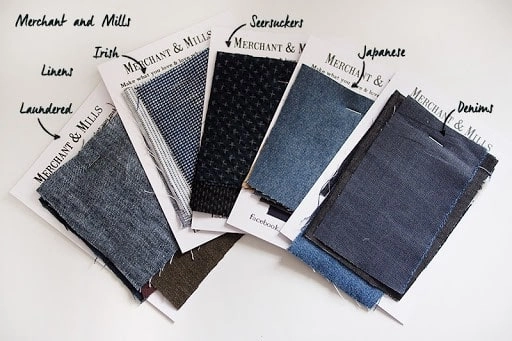
Understanding Denim Fabric
Denim fabric refers to a rugged and durable material and it is typically made from cotton. It is very well known for its characteristic twill weave and is usually dyed indigo, resulting in the well-known blue colour you see on most denim products.
Denim fabric is used for jeans, jackets, shirts and other garments.
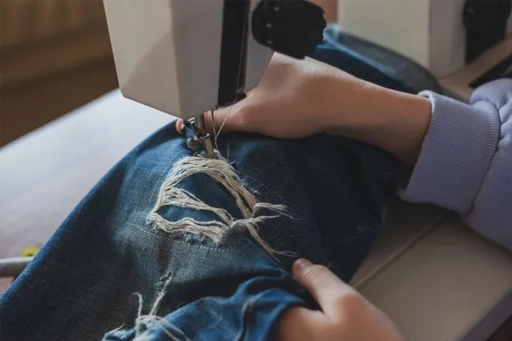
The actual word “denim” comes from the French serge de Nimes, which refers to a type of fabric that originated from the City of Nimes in France back in the 18th Century. During this time, denim fabrics were mostly used for workwear such as trousers and overalls.
Despite this, denim gained most of its popularity when it was introduced to the United States in the 19th Century. Levi Strauss, a German businessman partnered with Jacob Davis, a tailor to produce a pair of denim jeans that were reinforced at stress points in 1853 – this innovation led to the creation of the first pair of that iconic blue jean pants, which was a big hit with workers and miners during the Gold Rush.
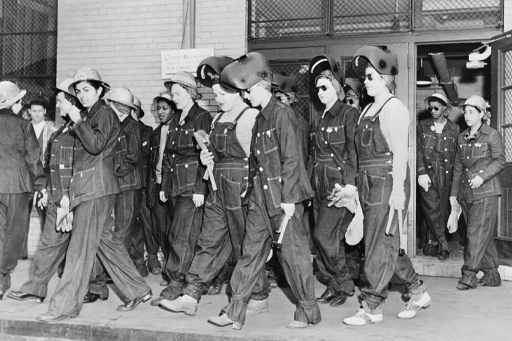
Moving forward to the early 20th Century, denim became synonymous with the wild west of America – popularised by western movies and rodeos, the characteristics of denim were clear – rugged and durable.
The cultural significance of denim expanded again in the 1950s with the growth of youth subcultures. Popular icons popularised denim as a fabric worn by those wanting to show the symbol of nonconformity to the “standard” way of doing things.
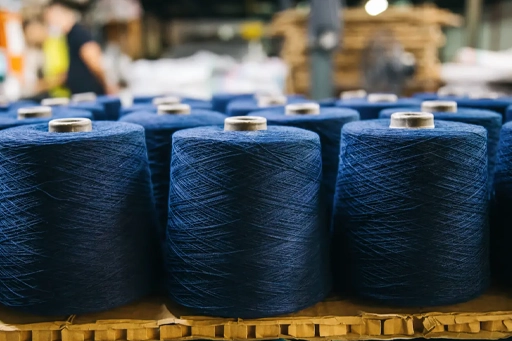
Just 10-20 years later in the 1950s and 60s, denim then became associated with the hippie movement and subsequently, began to symbolise freedom and individuality.
Since then, denim has reached every continent, been dressed up (and down) by all types of individuals and does not discriminate. Irrespective of age, gender or social class, denim is a fashion staple worn by the masses.
We’ve taken a deep dive into the history of denim, but now it’s time to answer the question – what is denim made of?
Denim fabric is primarily made up of cotton, although synthetic fibres can be added to provide different finishes. The actual composition of denim can vary, but below are some of the main components you’d usually find:
- Cotton: As mentioned, cotton is the main fibre found in denim production. The quality of the cotton used will usually dictate the longevity and durability of the denim material produced. For example, long-staple cotton is known to produce very high quality denim.
- Indigo Dye: This dye is the traditional one used to give denim that iconic blue shade. The dye itself derives from the indigofera plant (hence the name) – it creates colour fastness in denim, which gives it that unique fading effect over time.
- Synthetic Fibres: In some cases, synthetic fibres like polyester or elastane (spandex) are added to denim to give it certain properties. For example, adding just 5% elastane (spandex) will give the garment around 25% more stretch than a 100% cotton alternative.
- Finishing Agents: A variety of finishing agents can be added to denim throughout the manufacturing process to create different effects and finishes. These can include softeners, enzyme washing, and so on to give a desired look.
All of this is great, but what makes denim unique?
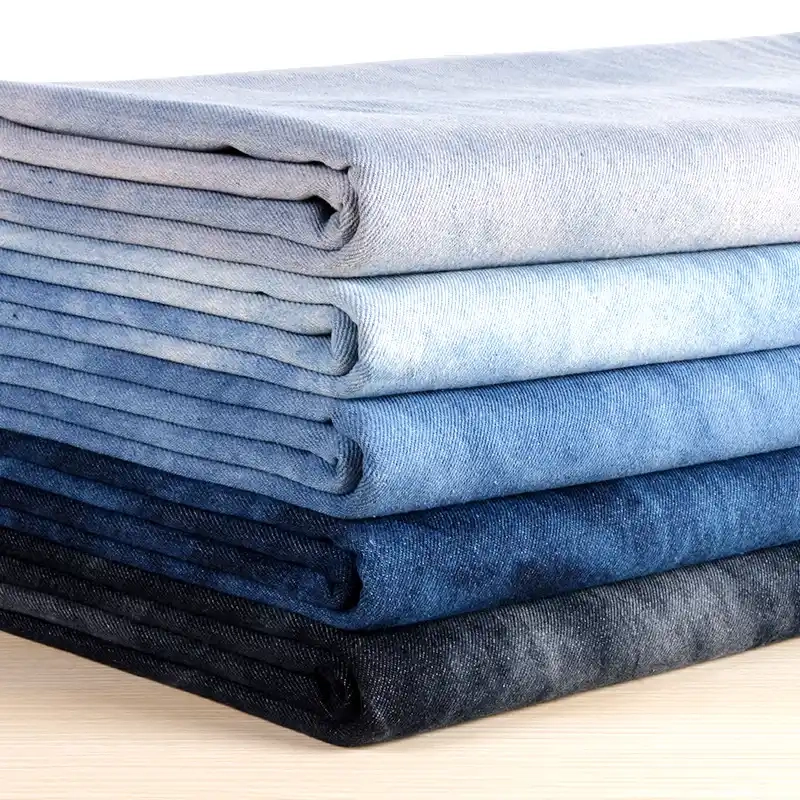
Denim fabric poses several key characteristics that makes it both unique and distinguishable. Ask yourself – would you be able to identify 100% cotton on a t-shirt over polyester from afar? Now ask yourself the same question about denim and chances are, the answer will be very different.
So what characteristics create this distinguishable look?
- Classic Twill Weave
- Durability and longevity
- Indigo Dye & Fading
- Versatility
- Unique Ageing
- Timeless Style
Above all else, a huge reason behind the uniqueness of denim fabric is its cultural significance. No other fabric in the world has ties to subcultures, social movements or symbolises as much as denim has throughout its history.
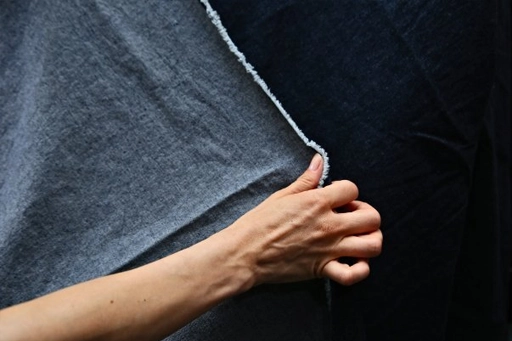
Denim Fabric Properties
Denim fabric is renowned for its ability to withstand copious amounts of wear and tear due to its durability and ruggedness.
There are a magnitude of reasons as to why denim is so durable, but these can generally be summarised into a couple of points below:
- Construction: The way denim fabric is woven provides a high level of structural integrity to the material. This, combined with the utilisation of long-staple cotton fibres creates a very long-lasting fabric which is very resistant to abrasion – as such, it is less likely to pill, rip, tear or break apart like other fabrics might after prolonged wear.
- Reinforced Stress Points: Throughout the denim manufacturing process, certain stress points such as pockets, buttons or seams are reinforced with twin needle stitching and rivets to disperse stress and improve the longevity of the product.

Alongside its durability, denim fabric is also known for its comfort and breathability due to its natural fibre composition. As previously mentioned, most denim fabrics consist of a high % of cotton fibres, which naturally allow for air circulation and hold moisture wicking properties.
In addition to this, the style of weaving patterns within denim fabric allows for further air flow, but the general weight of denim also caters towards slightly harsher, colder climates.
As such, denim fabric is extremely versatile and combining these properties with the ability for denim to drape into different silhouettes, or the addition of synthetic fibres to provide further stretch, and you’re left with a very comfortable material as well.
Another property of denim fabric is its colorfastness. Colorfastness refers to a fabric’s ability to retain its original dyed colour after extended exposure to washing, sunlight and friction from day-to-day wear.
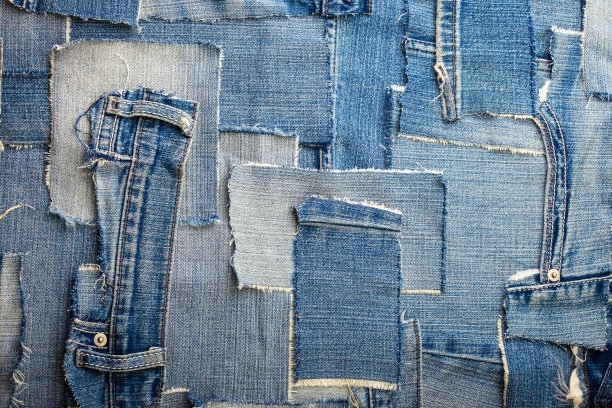
There are a few technical reasons as to why denim fabric has great colorfastness, when compared to alternative materials like polyester, nylon or cotton.
The first is the process of cross-linking dye molecules. In short, throughout the dyeing process, the indigo dye molecules form a strong bond to the cotton fibres in a process called cross-linking. This process helps improve the longevity of the bond and as such, increases the resistance to the dye fading.
The second is the dyes’ outer layer penetration. In short, the dye used on denim does not penetrate the innermost layers of the cotton fibres. This is why most jeans are a different shade on the inside as they are on the outside and in part, plays a role in the unique fading of denim over time.
Lastly, unlike most garment dyes, indigo dyes are actually added multiple times to create the desired shade. This reinforces the bond of dye to the cotton fibres and increases its colorfastness as a result.
One final property of denim fabric is its versatility. Denim is mostly known for its use in the manufacturing of jeans, but denims versatility extends far beyond this – from denim jackets, to shirts, dresses or jumpsuits, denim seamlessly adapts to diverse fashion trends which is one of the main reasons it is as popular today, as it was back in the 19th Century.

A Manufacturer’s Guide for Your Bulk Orders
The question “What is denim made of?” is the first step in creating exceptional clothing. For us, as a professional denim apparel factory, the answer is the foundation of our bulk manufacturing process. We don’t just use denim; we engineer it for durability, comfort, and style to meet the specific needs of your brand and your customers.
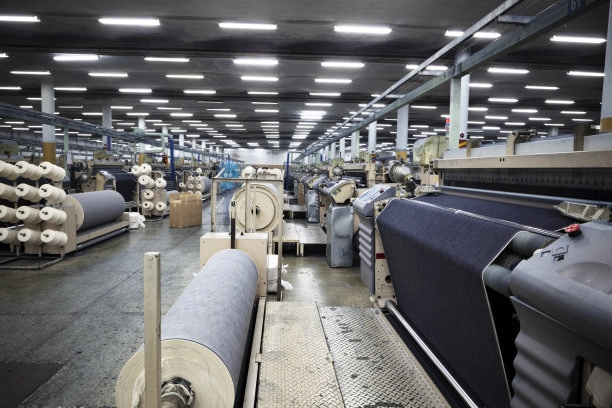
The Core Components of Denim Fabric
At its heart, traditional denim is a rugged cotton twill fabric. This means:
- Material: Primarily Cotton. We source high-grade, durable cotton for long-lasting wear.
- Weave: Twill Weave. This diagonal ribbing (most commonly a 3×1 pattern) is what gives denim its signature strength and texture.
- Color: The classic indigo blue comes from dyeing only the warp (longitudinal) threads, leaving the weft (horizontal) threads white. This process is why denim fades so distinctively over time.
For modern demands, we also produce and work with blended denim containing elastane (like Lycra or Spandex) for stretch, and polyester for enhanced durability and wrinkle resistance.
From Raw Denim to Your Custom Apparel: Our Manufacturing Process
Understanding what denim is made of allows us to master its transformation. For our B2B partners, we offer a seamless, large-scale production journey:
- Fabric Sourcing & Customization: We procure raw denim in massive rolls, offering a range of weights (from 10oz to 14oz+) and compositions. Need a custom dye or specific stretch blend? We can source or develop it for you.
- Pattern Making & Sampling: Our technical team creates precise patterns based on your designs, ensuring a perfect fit for your target market.
- Bulk Cutting: Using automated cutting machines, we ensure precision and consistency across thousands of garment pieces, minimizing waste and maximizing efficiency.
- Assembly & Stitching: Our skilled production lines assemble your jeans, jackets, jumpsuits, and more, using reinforced stitching at stress points for quality that lasts.
- Finishing (The Magic Happens): This is where your bulk order gets its unique character. We offer:
- Precise Laser Finishing
- Custom Whiskering & Grinding
- Stone Washing & Enzyme Washing
- Embroidery & Patch Application
(H2) Your Partner for Bulk Custom Denim Manufacturing
When you partner with us, you get more than a supplier; you get a dedicated production facility capable of turning the raw materials of denim into your best-selling collection.
- Private Label & OEM/ODM: We bring your designs to life or can develop complete collections for you.
- Large Volume Orders: Our factory is optimized for high-volume production, ensuring on-time delivery for your biggest orders.
- Competitive Pricing: Direct-from-factory pricing with no middlemen.
- Quality Control: Rigorous checks at every stage, from fabric inspection to final packaging.
Let’s Build Your Denim Line.
Contact us today to discuss your bulk custom denim project. Tell us your vision, and we’ll handle the manufacturing, from the raw fabric to the finished product.
